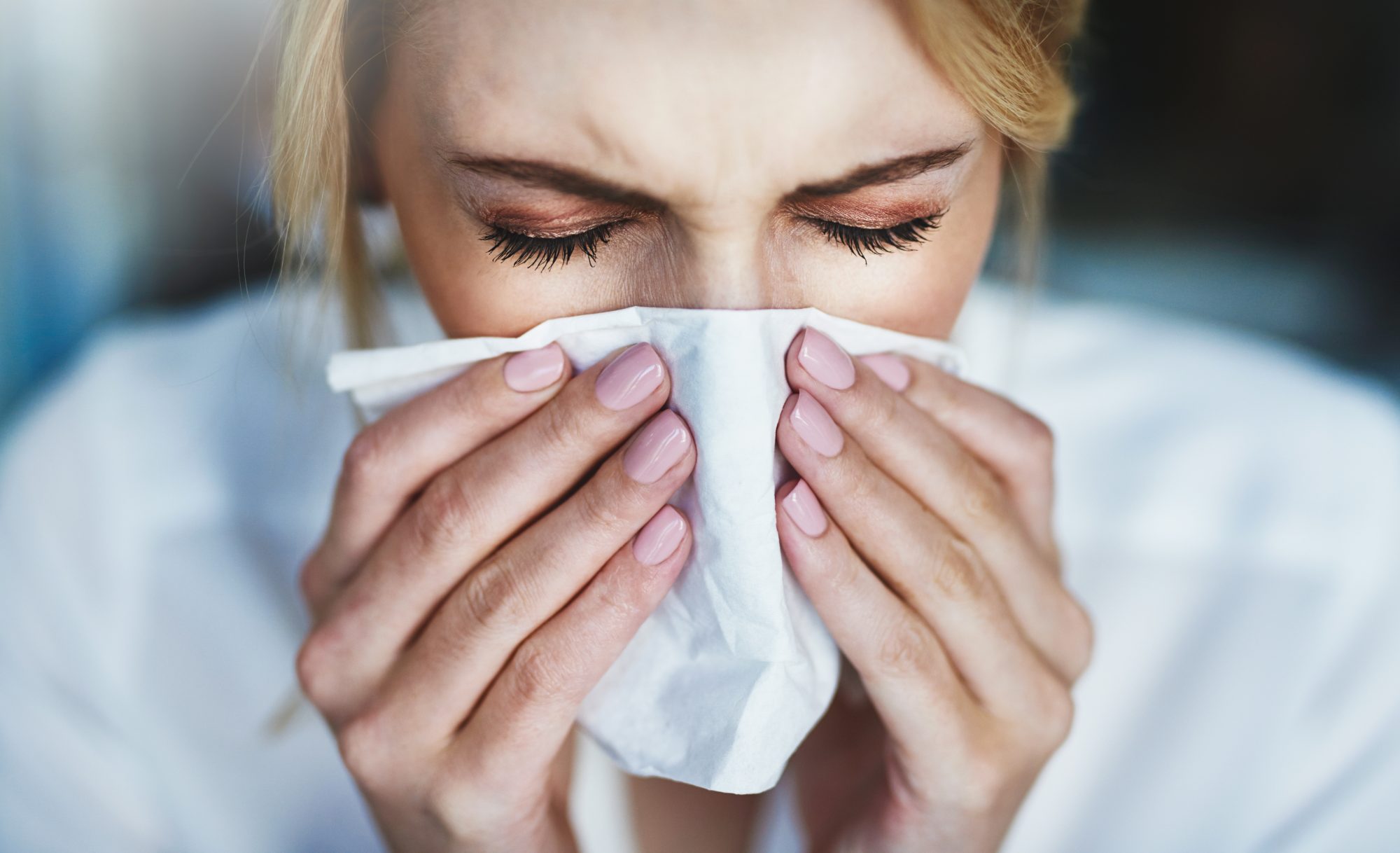People often start to get the sniffles in October, when the weather starts to get chilly. As the months turn to December, the temperature drops even lower, resulting in more people getting the cold. It’s common to see people sneezing and coughing during this time.
However, when you get a fever with your cold, it could mean you have the flu. In fact, according to the Centers for Disease Control and Prevention (CDC), cold and flu have similar and varying symptoms. They are caused by viral infections that can range from being burdensome to downright life-threatening, killing an estimated 290,000 to 650,000 people worldwide.
One thing that makes them difficult to differentiate is the time they typically occur in people, which is during the colder months. Why is it so?
This article aims to explain why it’s common for people to get a cold or flu during the cold months. You’ll also learn how to differentiate the two illnesses. At the same time, you’ll know when to see a doctor or get yourself treated.
Annual Occurrence of the Common Cold and Flu
According to the CDC, both the common cold and flu are considered respiratory illnesses, and they are contagious. This explains why many people get them at the same time. The CDC is the federal health institution that monitors influenza, the virus that causes flu, activity in the US. They’ve observed that the common cold and flu occur in people often during the cold months from October through March, peaking in February, and here’s why.
Considering both the common cold and flu are respiratory illnesses, they attack the human body through the nasal opening. The body’s defense is to secrete mucus in this part to prevent viruses from entering. As these intruders are trapped in mucus, they end up getting swallowed. Thankfully, acids in the stomach can neutralize the offending infectious agents.
If they enter the body and penetrate other parts, the immune system fights them off with phagocytes. These are specialized immune cells that envelop viruses and digest them.
Unfortunately, nasal mucus is negatively affected by cold air. Their production and secretion slow down, weakening the body’s defense against microscopic intruders. Cold air also decreases the activity of phagocytes.
Read Here- What do you need to know about Twitter?
Differentiating the Common Cold and Flu
According to the CDC, the common cold and flu have symptoms such as coughing and sneezing, chest discomfort, stuffy nose, and sore throat. They also cause body aches, chills, fatigue, weakness, and headaches. However, flu is more severe, with an abrupt onset of symptoms, especially fever.
People at Risk of Complications
The American Academy of Family Physicians (AAFP) suggests getting enough rest and fluids if you’re experiencing cold symptoms. They will go away on their own. However, if it starts to get serious, you should go to your doctor. The AAFP also recommends calling a physician if you’re at risk of complications. This means if you’re over the age of 65 or under two years old, obese, or pregnant, you should get checked.
People with underlying medical conditions can also experience more severe cases of cold and flu. If you have metabolic disorders, chronic heart or lung diseases, or a weakened immune system because of a medical condition, you are also at risk of cold and flu complications.
If you’re an adult and don’t have any medical conditions, but you have developed pneumonia, you should also call your doctor right away. This is especially true if you’re experiencing chest pain, fever that doesn’t go down, cough with thick green mucus, severe sore throat, and trouble breathing. In children, watch out if they have trouble interacting with you or even waking up, refusing to drink or eat, are becoming more irritable, and are exhausted.
Preventing Colds and Flu
The best way to prevent getting colds and flu is to keep a healthy body. Eat foods that will nourish the body’s defenses, such as fruits, vegetables, and lean meat. Take vitamins and supplements that will add nutrients to your diet.
Boost your immune system with exercise and physical activities. If your body is tired, make sure to get enough sleep. Get a massage to allow it to recover. Most importantly, get your yearly flu shot, preferably in October or November.
Why It’s Important to Know the Difference
Knowing the difference between the common cold and flu can help you get the proper treatment you’ll need, especially for people at risk of complications and children. Thankfully, now you know how to differentiate the two conditions and why they’re prevalent during cold weather. This will also help you prevent the occurrence of the two. Remember, though, to call your doctor when symptoms persist.












